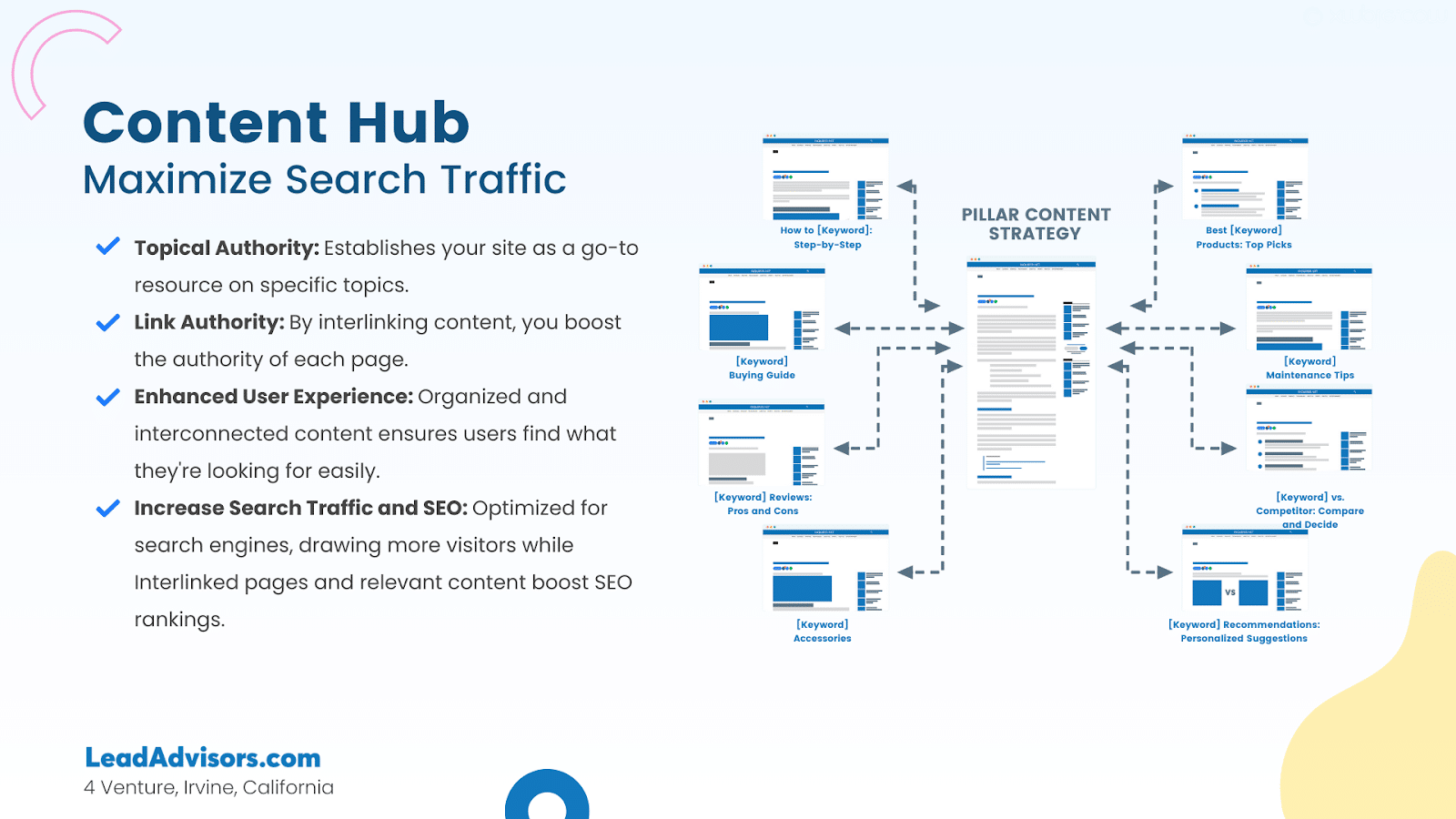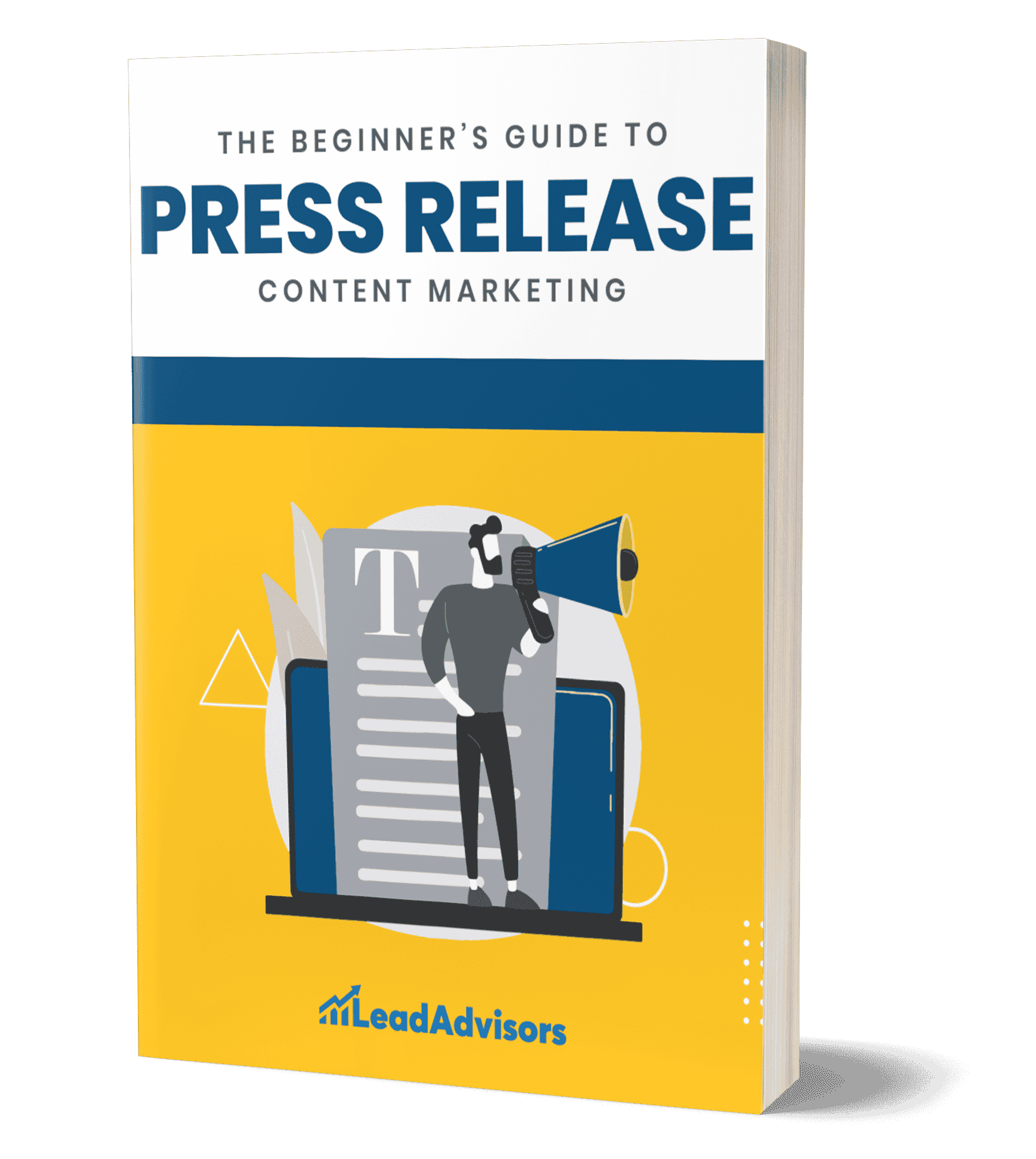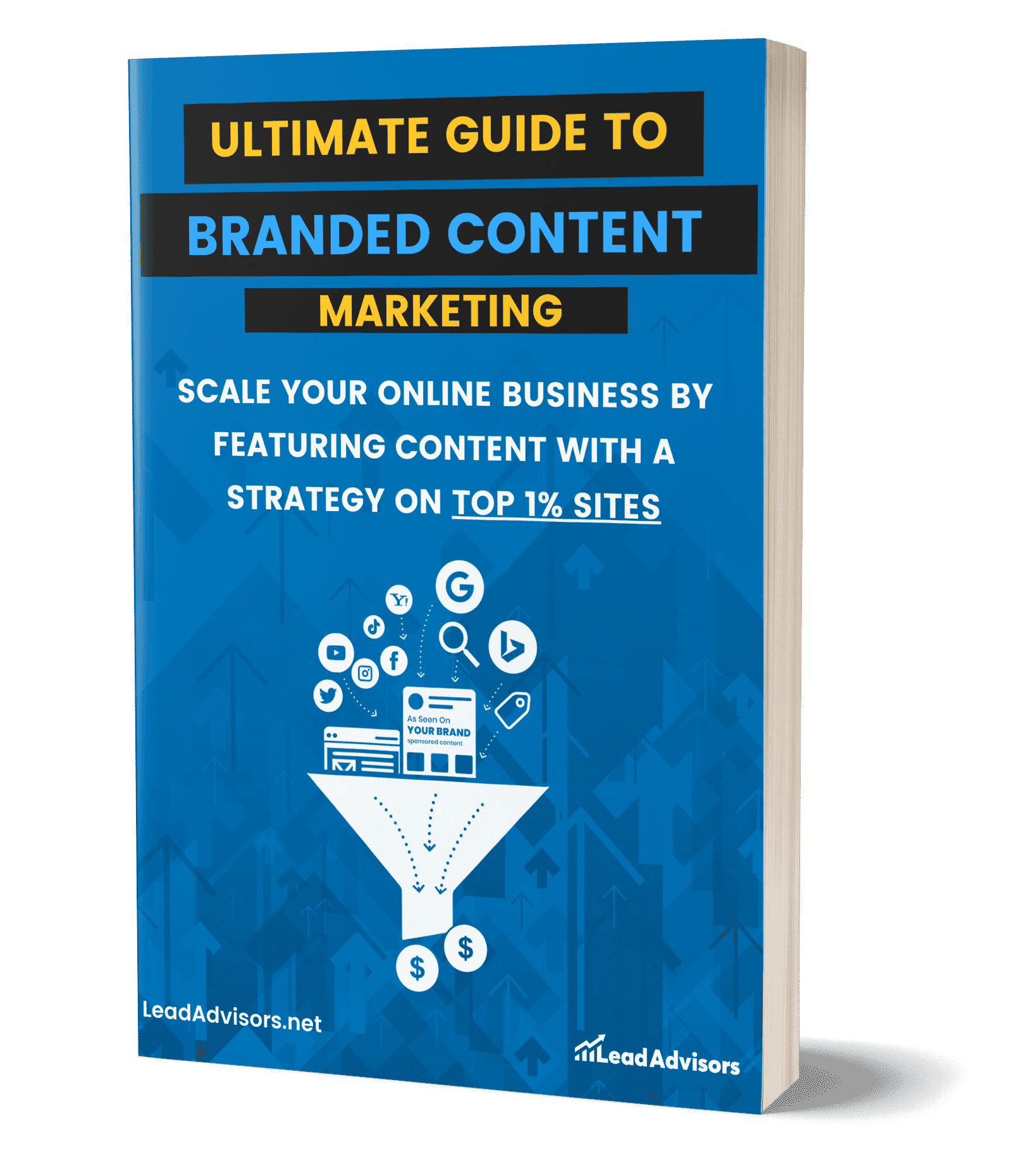Search online today, and you’re faced with overwhelming competing content. As a business, how can you engage visitors? The answer lies in having a content hub.
As of 2024, there are over 600 million active blogs. When optimized correctly, a hub strengthens the organizational structure, searchability, and internal linking to boost organic traffic over the long run.
This guide will explore best practices for planning, developing, optimizing, and measuring an impactful content hub. From keyword research and information architecture to technical elements and analytics, learn how to create a hub that maximizes your overall content and SEO strategy.
What is a Content Hub?
In basic terms, a content hub is a central location on your website housing supplementary materials supporting main pillar pages. Conceptualize it as a bicycle hub with pillar pages as spokes radiating outwards.
Also, content within tends to be broader topics versus targeted pillar pages. For example, if pillars focused on specific financial issues like “mortgage rates,” the hub could feature categories like “personal finance tips.”
The goal of a hub is to provide useful info, enhance internal linking, support SEO, and become a central destination for related resources, strengthening your online presence.
You May Also Like: What Are Topic Clusters for SEO?
How to Create a Content Hub?

Thorough planning aligns your hub with content and keyword strategies—audit pillar pages to identify common themes and questions. Research long-tail keywords related to your niche with search volume but low competition.
Additionally, group related terms into categories based on concepts like the customer journey. Utilize keyword research tools to identify demand and gaps. Altogether, determine an information architecture and sitemap to organize and connect hub content effectively. This planning sets the stage for success.
Read More: Visual Identity: A Guide for Social Media Success
Building Your Content Hub

Once keyword targeting and mapping are complete, construct the technical components. Designate a prominent landing page as the hub entry point. Ensure accessibility in primary navigation menus. Establish categorized inward-facing “microsite” pages mapped to your sitemap.
Utilize consistent design elements throughout. Internally link each hub page to introduce relationships. Basically, implement canonical tags to avoid duplicate content penalties.
Submit XML sitemaps for discovery. The goal is constructing an easily navigable block, to have a consistent branding.
With keyword targeting and sitemap mapping in place, it’s time to build the content hub. Here are the key technical components to include in publishing content:
- Landing Page: Designate a prominent page on your site as the hub entry point. Include an overview and calls to action to effectively show the hub.
- Main Navigation: Ensure the hub is accessible in your primary navigation menus for high visibility.
- Categorized Pages: Establish inward-facing “microsite” pages for each hub category mapping to your sitemap. Avoid one broad generalized page.
- Consistent Design: Utilize repetitive header/footer elements, colors, and fonts for visual cohesion throughout the hub.
- Internal Links: Internally link each hub page to introduce relationships between pages.
- Canonical Tags: Implement canonical tags on any duplicated or similar pages to avoid duplicate content penalties.
- XML Sitemaps: Submit an XML technical and content sitemaps to search engines for discovery.
The goal is to construct an organized, easily navigable content block while having a consistent branding across your site for a positive user experience.
You May Also Like: 7 Essential Types of SEO Content for Online Visibility
Optimizing Your Content Hub

Now, optimize the experience. Develop pages around main keyword targets in titles, headers, and intro paragraphs. Aim for at least 1,000 words of long-form content per page. Strategically link relevant keyword phrases internally.
Simultaneously, fact-check info through 2-3 authoritative external links. Add schema markups like Article and FAQ to enhance rich snippets. Include optimized images and calls to action for social sharing—cross-promote new blog posts on related topics.
You May Also Like: How To Post An SEO Friendly Blog?
Insert targeted CTAs tailored for personas. Continuous optimization improves engagement and discoverability. Here are other best practices:
Target Keyword Themes
Develop keyword-rich page titles, headers, and intro paragraphs centered around each page’s main keyword target.
Write Long-form Content
Aim for at least 1,000 words per hub page with a natural writing style. Break up text with relevant images and formatting.
Add Internal Links in the Content Hub
Strategically link relevant keyword phrases to internal pages for increased cross-linking.
Add Outbound Links
Fact-check info by including 2-3 relevant, authoritative external links on each page for more context.
Include Schema Markup
Add metadata such as Article, FAQ, and How-to schema to enhance rich snippet potential in search results.
Advocate Social Sharing
Include shareable images and callouts optimized for social platforms to increase content type syndication.
Incorporate Blog Integration
Cross-promote new blog posts featuring related topics within the content hub for freshness.
Value Audience Targeting for Content Hub
Insert targeted CTAs, opt-ins, and calls-to-action tailored for your target audiences and buyer personas on each page as applicable.
Keep optimizing content while ensuring a delightful user experience for increased engagement and return visits.
Read More: Call Center Training Guide 2024
Measuring the Success of a Content Hub
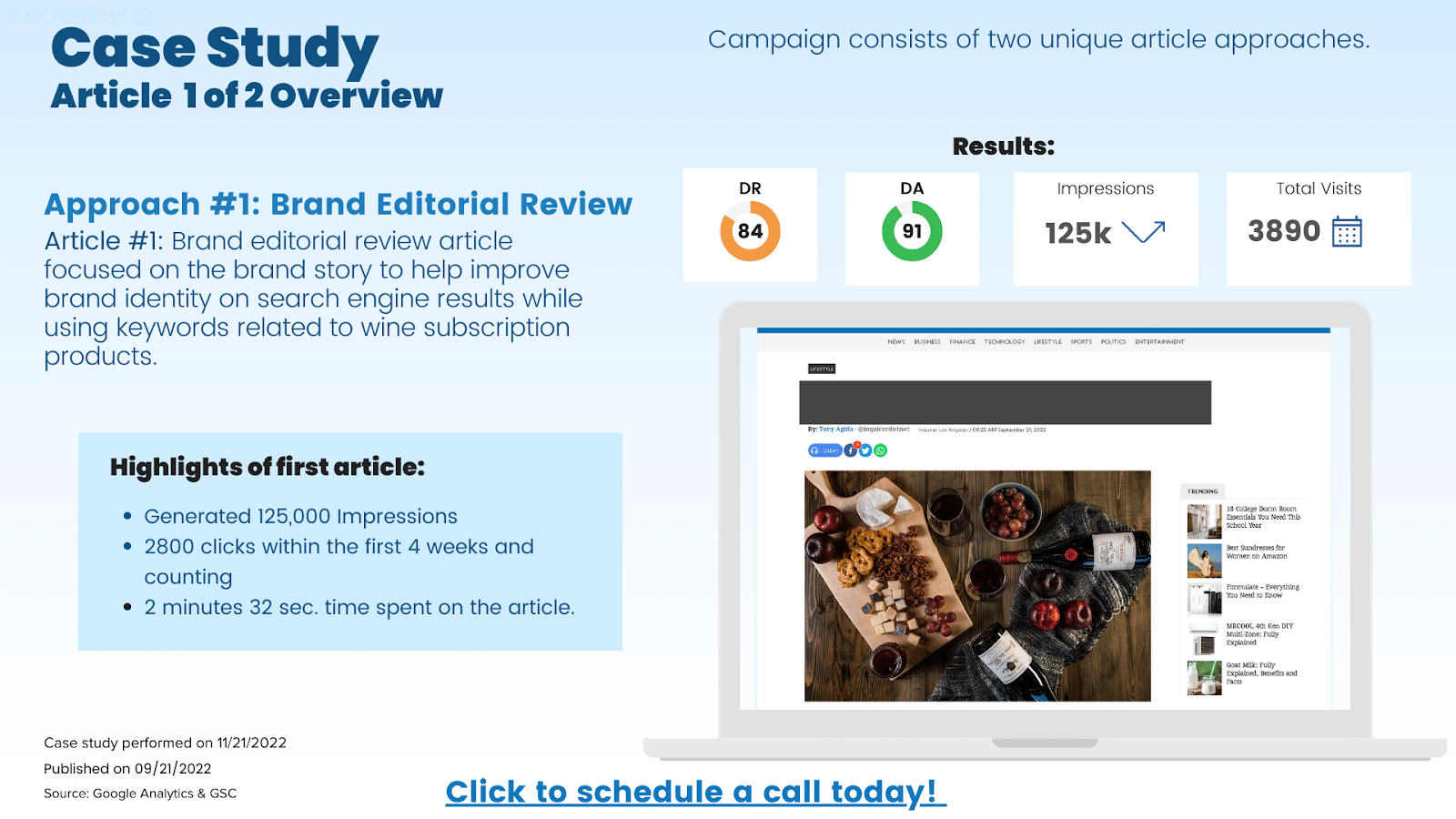
Tracking crucial metrics provides insight to maximize performance. Analyze organic traffic, indexed pages, average session, and bounce rate. Correspondingly, check keyword rankings and rich results through the Search Console. Assess traffic sources between pillar and hub pages.
Survey conversions attributed to the hub. At this instant, pivot underperforming topics based on A/B testing. Continuous refinement elevates results long-term.
With your content hub foundation established, it’s time to measure its performance impact. Eventually, by tracking these crucial metrics, you can continuously refine your content hub strategy based on data to drive ongoing SEO success and improve the customer experience.
Analytics provide invaluable insight to maximize performance over the long haul. Here are some key metrics worth tracking:
Organic Traffic & Page Views on Content Hubs
Compare month-over-month data to previous hub baselines to monitor increases. Strong growth indicates engagement.
Content Hub Pages Ranked
Check the search console for new hub pages ranking in SERPs. Ranking key targeted keywords demonstrates searchability success.
Audience Retention
Look at the hub page scroll depth and time on site to gauge if users are engaged or leave prematurely from lack of perceived value.
Hub Categories Performance
Analyze top-performing versus underperforming hub categories based on metrics like pageviews and time on page—re-assess strategy as needed.
You May Also Like: SEO Trends 2024
Internal Linking Impact
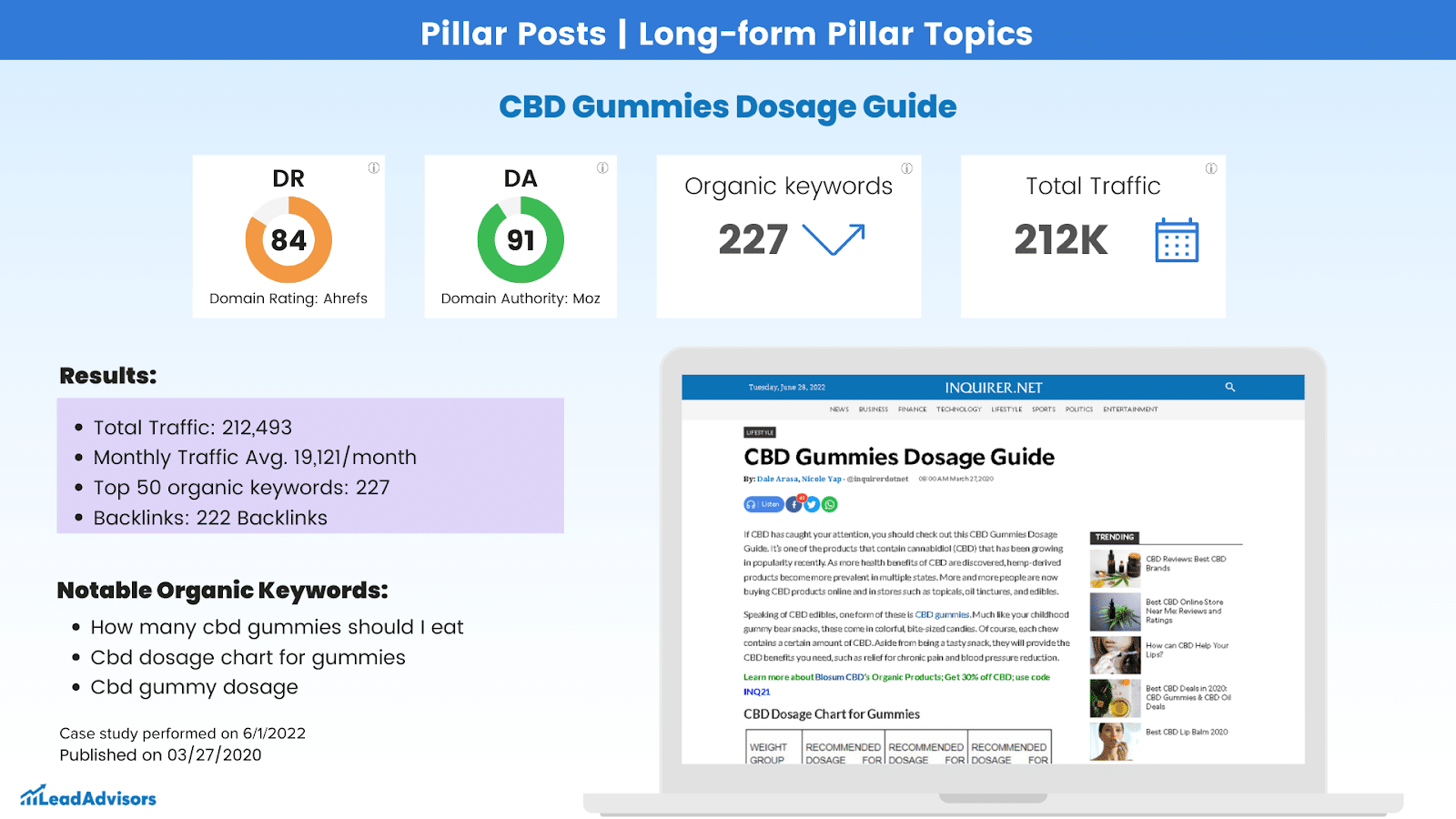
Evaluate referral data from pillar to hub pages to optimize cross-linking opportunities.
Developing an optimized content hub supports strategic pillar content development while cultivating authority in your industry.
When planned, structured, and optimized appropriately, the hub seamlessly enhances the customer journey, boosts organic traffic, and strengthens your online presence for long-term brand leadership. Start seeing content hub results today by implementing the strategies covered in this comprehensive guide.
Information Architecture and Structure
The information architecture forms the backbone of any content hub, so taking the time upfront to map this out is crucial. Some best practices include using a site map to visualize main categories and subcategories and designing inward-facing “microsite” pages for each.
Grouping related concepts sequentially, such as stages in a customer journey, helps visitors intuitively understand and explore the content.
Content Formats
While long-form articles and blog posts should be the pillars’ focus, hubs benefit from diversity in content formats to keep visitors engaged.
In addition to guides and checklists, incorporate case studies, videos, infographics, charts/visuals, and other multimedia. Testimonials and social proof add credibility. Pulling in relevant third-party research shows expertise.
Digital Asset Management

At this point, effective digital asset management is crucial for housing and organizing all the multimedia assets used throughout the content hub. This includes images, videos, infographics, and other files needed to support articles and pages.
Use a centralized digital asset management system to store, tag, and provide access to materials for editors and marketers. Further, proper tagging of assets by topic and keyword helps with discovery and reuse across content.
Internal Linking

Even more, strategic internal linking allows search engines to understand the site structure and strengthens connections between related pages. Beyond links in natural text, leverage corresponding content blocks, lists, and tables of contents to suggest exploration.
Prominently feature popular or new pages initially. Use canonical tags to avoid duplicate content issues as pages relate. Further, continuous iterative optimization refines relationships over time.
Read More: Usability Testing Methods: Optimizing User Experience
Promotion
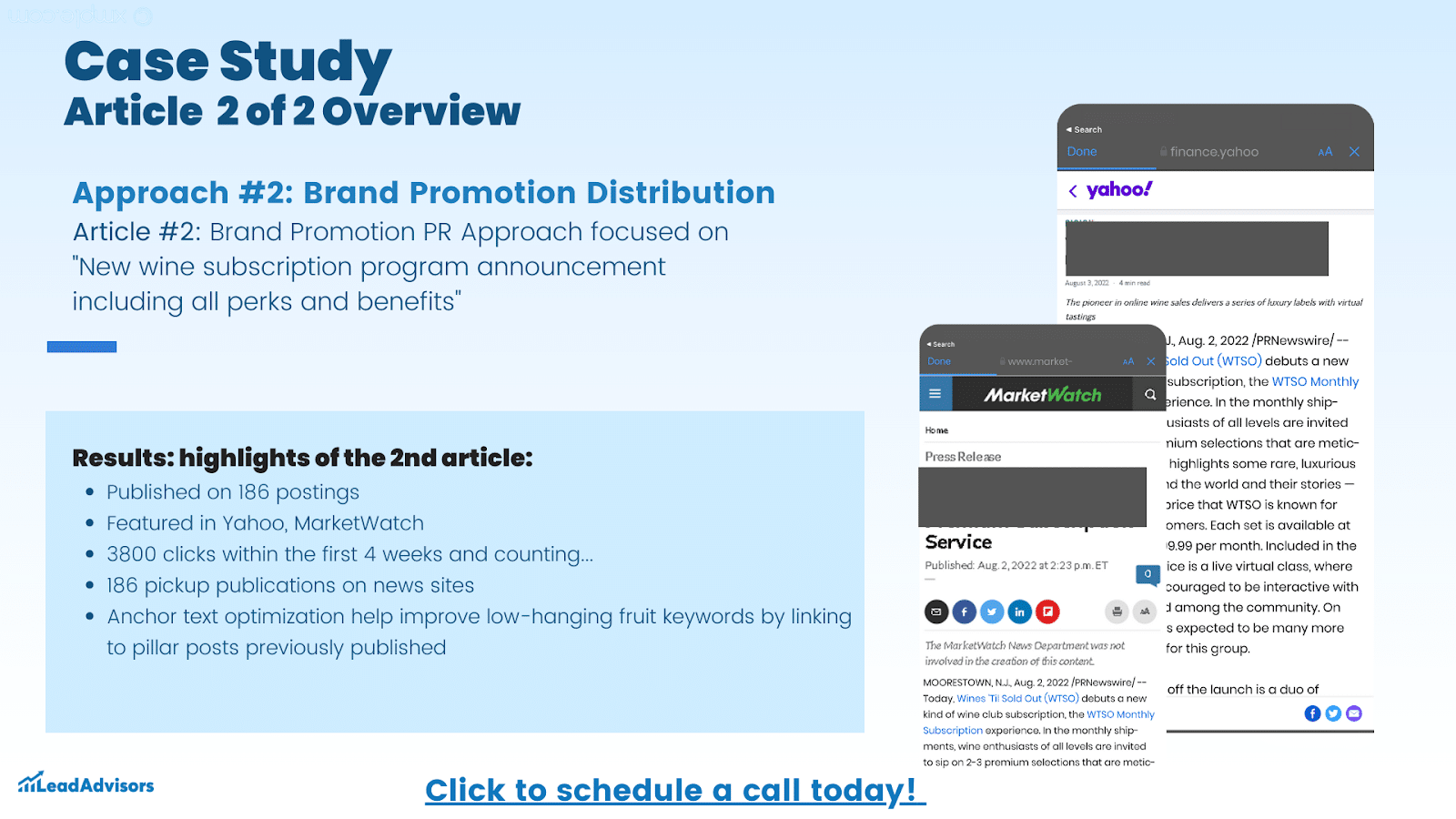
Driving traffic isn’t just about organic discovery; promotion is also key, as is cross-promoting new additions throughout the site and in email marketing.
Hence, share compelling excerpts on social media—link to related discussions with industry influencers. User comments validate material. Test subject line variations and calls to action like guides/checklists for engagement lifts.
Analytics
Furthermore, deeper metrics provide performance insights beyond basics. To identify optimization opportunities, look at topic consumption with Tag Manager, page types driving most or least value, and internal search confusion.
Survey leads pre- or post-content for behavioral shifts. Additionally, remarketing email campaign testing exposes engagement patterns. Data drives continuous testing and improvement cycles.
You May Also Like: Guide to Native Advertising Strategy for Business Websites
Maximizing Organic Traffic through Strategic Content Planning

Creating engaging, educational content is key to developing authority as a thought leader and boosting organic traffic. However, producing endless blogs and articles alone does not guarantee success – a strategic structure must support content development.
Enter the content hub: a central destination designed to house supplementary materials, strengthening internal linking opportunities between core “pillar” pages. When optimized effectively for search engines and users alike, a full content management hub becomes the connective tissue, maximizing a website’s full SEO potential.
Read More: How to Improve On-Page SEO for Your Business Website
Strategic Keyword Research Powers Effective Planning

Before beginning content production, rigorous keyword research lays the foundation for targeted, actionable insights. Comprehensive keyword data helps determine the most commercially viable topics to investigate further and aligns content to search demand.
Research coveted “long-tail” keyword themes related to your niche with search volume but moderate competition. Group relevant terms into logical content categories for the hub information architecture.
Likewise, tools like SEMrush and Ahrefs provide critical volumes, difficulty scores, and average position metrics to prioritize commercial long-tail keywords. This upfront diligence establishes a targeted roadmap, maximizing your content’s search engine potential.
You May Also Like: How to Master Technical SEO?
Developing The Right Information Architecture

Particularly, with high-intent keywords, map relevant categories and sub-categories for the hub using a site sitemap. An intuitive information architecture improves usability and searchability.
The group associated topics logically and easily understood, such as chronologically depicting different customer journey stages. Align internally with your company’s products, solutions, or expertise.
Clearly labeled categories streamline navigation and natural exploration. Hence, visitors quickly grasp the overarching theme, building your domain authority through perceived expertise on the subject matter. This foundational organization lays the optimal groundwork.
Read More: Press Release Best Practices
Producing Valuable Hub Content

For instance, start generating pillar-worthy long-form content at 1,000 words or more through in-depth exploration of topics. Sprinkle throughout subheads and images to increase digestibility.
Once in a while, keep content varied across several formats like guides, checklists, case studies, etc. Testimonials and client successes cultivate social proof and trust. Consistent branding fosters a single source cohesive identity across your brand guidelines and site.
Occasionally, use targeted keywords naturally throughout headers, body text, and internal text links to optimize pages for searchability. Fact-check through authoritative external links, helping searches uncover your knowledge and authority.
Lastly, videos, infographics, and other multimedia content maintain interest through varied formats. Blog content further enhances freshness through periodic recapping of long-form articles. Continually expand your content library with strategic additions.
You May Also Like: 10 Media Outreach Tips to Boost Your Website
Mastering Internal Link Structure

A well-planned internal linking scheme binds content seamlessly for search engines and users. Connect relevant concepts across pages using targeted keywords emphasizing synonyms and related terminology.
Significantly, establish pillar pages as epicenters radiating outward through spokes of associated secondary and tertiary pages. Create an intuitive link graph leveraging related content blocks, lists, and tables of contents to suggest additional exploration.
Prominently feature popular pages to cultivate authoritativeness. Prioritize newly published pages through temporary highlighting bars until established through an internal linking structure. Continuous refinement strengthens relationships between pages.
Read More: How SEO Content Can Boost Your Website’s Ranking
Promoting Accessibility and Readability

Importantly, Usability factors greatly impact experience. Prioritize readability through consistent formatting; sans-serif fonts sized 12-16px, 1.5-2.0 line spacing, and ample paragraph breaks. Imagery and pull quotes maintain the reader’s focus.
Overall, ensure content remains accessible across all devices through responsive design. Include alt-text descriptions and captions supporting readers with visual impairments.
User-friendly internal linking, calls-to-action, and navigational elements promote independent exploration. Analyze scroll depth and time-on-page metrics indicating usability hurdles requiring adjustment. An enjoyable experience drives ongoing engagement.
You May Also Like: 7 Proven Strategies to Increase Organic Traffic to Your Website
Optimizing For Technical SEO Factors

Accordingly, technical elements often overlooked can negatively impact ranking potential. Audit pages for unique, optimized page URLs, descriptive meta titles containing targeting keywords, and thorough SEO-optimized meta descriptions.
Also, include heading tags structuring page outlines logically. Add well-placed internal linking, images with alt text, and canonical tags to avoid potential duplicate content issues. Validate HTML and CSS for proper structure.
Implement schema markups like FAQ, How-To, and Articles. Rich snippets in search results conveys crucial context clues. Lastly, submit a comprehensive XML and HTML sitemap facilitating thorough search engine discovery and indexing. Monitor technical SEO health through audit tools.
Read More: How to Eliminate Duplicate Content on Your Website
Analyzing Content Performance

Correspondingly, meaningful metrics afford the insights to maximize effectiveness. Track organic traffic, pages indexed, average session duration, and bounce rate over time to better segment underperforming versus high-value pages.
Additionally, assess keyword rankings and search appearance indicators like featured snippets and Knowledge Panels through the Search Console. Segment traffic sources between pillar pages versus the hub to optimize cross-promotion.
Survey lead quality and conversions attributable to hub pages exposing material moving buyers through the purchase funnel. Pivot underperforming topics to test replacements resonating more via A/B testing. Lastly, continuous refinement elevates ROI.
You May Also Like: The Types of Marketing For Your Brand (2024)
Conclusion
Developing a content hub requires good planning, creation, and optimization. But with the right strategic approach meeting your content hubs to keyword research and technical SEO best practices, opportunities to establish thought leadership and drive organic traffic are significant.
For best results, continuously analyze metrics and refine your approach based on data. Staying tuned into trends and releasing fresh perspectives keeps readers engaged.
If developing or optimizing content strategies is not your core focus, partnering with experienced professionals can relieve the burden. Companies like Lead Advisors specialize in comprehensive content solutions, including content hub implementations, editorial calendar management, and full-funnel SEO.
Implement thorough auditing and analytics to enhance continually. The content hub becomes a small business’ most impactful SEO asset by developing supplementary materials linking pillar pages.
Frequently Asked Questions
How does a content hub differ from a blog?
A content hub differs from a blog in its structure and scope. While a blog is generally a collection of related posts listed in chronological order, a content hub is more expansive and organized. It typically includes various types of content categorized around specific themes or topics, providing a broader and more integrated approach to information presentation. Content hubs are also more strategic in nature, designed to guide visitors through learning paths or conversion funnels.
What role do analytics play in managing a content hub?
Analytics are crucial for understanding user behavior, measuring engagement, and determining the effectiveness of content. They help identify what topics draw the most interest, where users spend most of their time, and which types of content lead to conversions. This data informs content strategy adjustments, helping to optimize the content hub for better performance and user satisfaction.
What types of content are most effective in a content hub?
The most effective types of content in a content hub vary depending on the audience and objectives but generally include a mix of evergreen articles, how-to guides, videos, infographics, and case studies. Interactive content such as quizzes, assessments, and tools can also significantly enhance engagement by providing value that static content cannot.
How can content hubs be integrated with other marketing efforts?
Content hubs should be integrated with broader marketing strategies through cross-promotion on social media, linking to relevant sales pages, and including calls-to-action that funnel visitors to other marketing channels such as newsletters, webinars, or product demonstrations. Using content from the hub in email marketing campaigns or digital ads can also extend the reach and effectiveness of other marketing initiatives. This integration helps create a cohesive user journey and amplifies the impact of each marketing effort.

